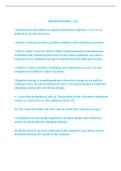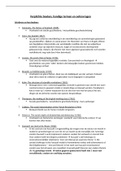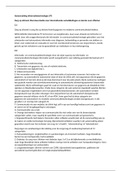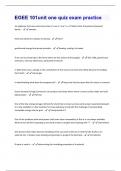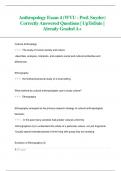Interview
"Electrochemistry in Energy Storage and Conversion: Batteries, Fuel Cells, and Supercapacitors"
- Cours
- Établissement
Electrochemistry is the study of the interconversion of chemical and electrical energy. It involves the use of chemical reactions to generate electricity, or the use of electrical energy to drive chemical reactions. The basic principles of electrochemistry involve the transfer of electrons betwe...
[Montrer plus]
